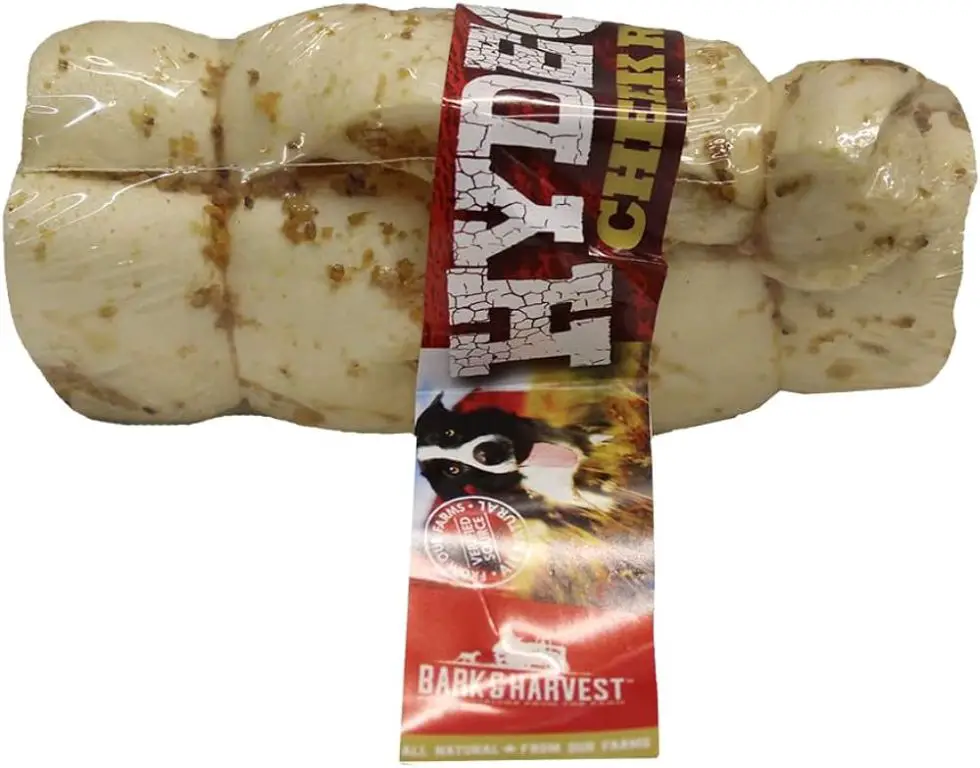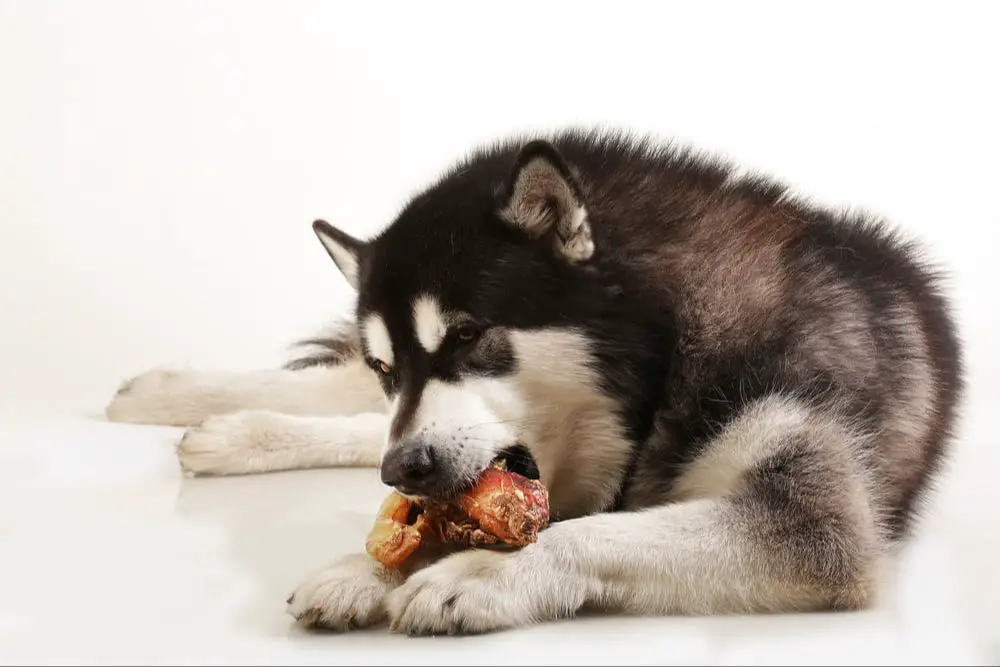Introduction
Every dog owner wants what’s best for their furry friend. We make sure they get plenty of exercise, toys to keep them entertained, and lots of love and affection. But one of the most important things we can provide for dogs is proper nutrition through a healthy diet. The food they eat each day fuels their energy, supports their immune system, and keeps their bodies functioning normally. It may seem like all dog foods are created equal, but there are definitely some ingredients that are better than others when it comes to your dog’s health and wellbeing.
In particular, there is one common meat that experts warn should be avoided for dogs. Feeding the wrong kinds of meat can put dogs at risk for certain nutritional deficiencies or illnesses. In this article, we’ll explore why pork is the one meat dogs should steer clear of, examine the dangers it poses, and suggest some safer meat-based alternatives for your pup.
Background on Dog Nutrition
Dogs have specific nutritional requirements that are important for their health and wellbeing. According to the National Academies Press report “Your Dog’s Nutritional Needs,” dogs need adequate amounts of protein, fats, carbohydrates, vitamins and minerals in their diet [1]. Protein is crucial for building and maintaining muscle mass, while fats provide concentrated energy. Carbohydrates also supply energy, along with fiber for digestive health. Essential vitamins and minerals help support bone strength, immune function, vision, skin health and more.
When choosing or preparing food for your dog, it’s important to ensure their unique nutritional requirements are met. Dog foods should contain meat-based proteins, digestible carbohydrates like whole grains, fruits and vegetables for vitamins, and healthy fats like fish oil. Portion sizes should be adjusted based on your dog’s size, age and activity level. Consulting with your veterinarian can help determine the optimal nutritional plan for your dog’s needs.
Why Certain Meats Can Be Problematic
While meat can be an important part of a dog’s diet, certain types of meat come with risks. Raw meat may contain harmful bacteria like Salmonella and E. coli that can make dogs sick (1). Additionally, raw meat bones can splinter and cause obstructions or lacerations in a dog’s digestive tract (2).

Some meats have a high fat content that can lead to pancreatitis in dogs. Fatty meats like bacon, sausage, and some cuts of pork should be avoided for this reason. Too much fat at once overwhelms the dog’s digestive system (3).
In general, dogs’ digestive systems are not well equipped to handle raw meat. Their short digestive tracts do not kill off bacteria from meat as effectively as human digestive tracts. So lean, cooked meat is a safer choice (4).
Sources:
(1) https://www.aspca.org/pet-care/animal-poison-control/people-foods-avoid-feeding-your-pets
(2) https://www.webmd.com/pets/dogs/ss/slideshow-foods-your-dog-should-never-eat
(3) https://www.petsbest.com/blog/20-foods-dogs-shouldnt-eat
(4) https://www.aspca.org/pet-care/animal-poison-control/people-foods-avoid-feeding-your-pets
Pork: The One Meat to Avoid
While many human foods can be safe for dogs in moderation, there are health risks associated with feeding pork to dogs that make it the one meat to avoid.
The most notable danger with pork is that raw or undercooked pork may contain trichinella parasites, which can cause trichinosis. Trichinosis is a nasty parasitic infection that can cause diarrhea, vomiting, and fatigue in dogs. It can even be fatal if left untreated. Both people and dogs can contract trichinosis, which is why pork needs to be cooked thoroughly to kill any potential parasites.

Even if the pork is cooked, there are still risks. Pork bones splinter easily and can cause obstructions, internal punctures, or choking. Pork products high in fat like bacon can lead to pancreatitis. And heavily seasoned pork can contain too much salt or spices that may upset a dog’s stomach.
For these reasons, it’s best to avoid feeding any kind of pork to dogs. The dangers outweigh any potential benefits.
Trichinosis
Trichinosis is an infection caused by the parasitic roundworm Trichinella spiralis. Dogs become infected when they eat raw or undercooked meat, especially pork or wild game, that contains Trichinella larvae [1]. When the infected meat is consumed, the larvae are released into the dog’s digestive system where they mature into adult worms that mate and produce more larvae. These new larvae travel through the bloodstream and lymphatic system and burrow into muscles and other tissues, forming cysts called trichinella cysts.
The most common symptom of trichinosis infection in dogs is muscular pain and stiffness. Other symptoms may include fever, diarrhea, vomiting, weakness, swelling around the eyes, enlarged lymph nodes, and breathing difficulties. If a large number of larvae migrate at once, it can cause more severe illness. Trichinosis can be fatal in dogs if the infection is heavy and widespread [2].
Other Dangers of Feeding Pork
In addition to trichinosis, there are other potential risks associated with feeding pork to dogs:
Worms – Pork can contain worms like tapeworm, hookworm, threadworm and roundworm. These worms can be transmitted to dogs when they eat infected pork. Worms can cause gastrointestinal issues and malnutrition in dogs (Purina, n.d.).
Foreign Body Obstruction – Bones and other dense or tough pieces of pork can pose a choking hazard or cause GI obstruction if swallowed. This can lead to vomiting, diarrhea or even require surgery in severe cases (AKC, 2022).
Pancreatitis – The high fat content in pork could trigger pancreatitis in dogs prone to this condition. Pancreatitis causes the pancreas to become inflamed and painful, resulting in vomiting, diarrhea and loss of appetite (AKC, 2022).
It’s best to avoid feeding raw or undercooked pork to dogs to minimize these health risks. Thoroughly cooked, lean pork might be tolerated by some dogs in small amounts, but there are healthier meat options to choose from.
Safer Meat Alternatives
While pork should be avoided, there are several other meat options that are nutritious and safe for dogs. Some of the top choices include:
Beef – Beef is a great source of protein, iron, zinc, and B vitamins for dogs. Lean cuts of beef like sirloin are healthier than fatty cuts. Make sure beef is cooked thoroughly and avoid giving dogs raw beef due to bacteria risks. According to [1], beef is an affordable and healthy meat for dogs.

Chicken – This lean white meat is a go-to choice for many dog owners. Chicken provides complete protein with all the amino acids dogs need. It’s lower in fat than beef or pork. Cook chicken thoroughly and remove bones and skin before feeding to dogs. Per [2], chicken is one of the most popular meats fed to dogs.
Lamb – Lamb is another excellent red meat option for dogs. It’s rich in protein, iron, and vitamin B12. Stick to lean cuts without much fat, and make sure lamb is cooked through. Some dogs may be allergic to lamb, so watch for any signs of reactions. According to [3], lamb is a healthy meat choice for dogs that is high in protein.
Fish – Fish like salmon, mackerel, and sardines provide omega-3 fatty acids that are great for dogs’ skin, coat, heart, and brain health. Lean white fish like tilapia are also good options. Avoid raw fish due to bacteria risks – make sure any fish fed to dogs is thoroughly cooked.
When choosing meats for your dog, opt for lean, fresh, high-quality cuts that are properly cooked. Rotate different protein sources to give your dog variety. Talk to your vet if you have questions about the best diet and meats for your individual dog.
Tips for Preparing Dog-Safe Meals
When preparing homemade meals for your dog, follow these tips to ensure safety and nutrition:
Cook all meats thoroughly to kill any potential bacteria. Ground meats should be cooked to an internal temperature of 160°F. Roasts and steaks can be lightly seared on the outside and allowed to finish cooking to 145°F internally.
Store any leftovers promptly in the refrigerator or freezer. Freeze meal-sized portions in sealed containers for up to 3 months. Refrigerate for no more than 3-4 days. When reheating, ensure the internal temperature reaches 165°F.
Pay attention to proper portion sizes based on your dog’s weight and activity level. An average 40 lb dog will need around 2 cups of food per day. Consult your vet if you are unsure of the ideal amount.
Avoid seasoning with onion, garlic, salt, or other spices that can be unhealthy for dogs. Stick to simple additions like carrots, peas, sweet potatoes, or pumpkin.
Make sure your dog has access to fresh, clean water at all times, especially when feeding dry kibble.
When to Contact Your Vet
If your dog stops eating for an extended period of time, it can be a sign of illness that requires veterinary attention. Some signs that indicate contacting your vet is advisable include:
- No interest in food for over 24 hours
- Lethargy or lack of energy
- Vomiting or diarrhea
- Significant weight loss
- Difficulty swallowing
A healthy dog that suddenly loses interest in food needs to be evaluated by a vet to identify any underlying medical conditions. It’s especially crucial to seek prompt veterinary care if your dog is also vomiting, having diarrhea, or showing signs of lethargy along with appetite loss. These can be symptoms of pancreatitis, kidney disease, cancer, intestinal obstruction, liver disease, and other serious ailments.
Your vet can run tests like blood work, urinalysis, imaging, and endoscopy to diagnose the cause of appetite loss. Based on the diagnosis, the vet will recommend proper treatment to address the condition. They may prescribe medications, intravenous fluids, a customized therapeutic diet, or other interventions.
Don’t hesitate to consult your vet if your dog stops eating. They can provide tailored advice on diet, such as transitioning to a bland, easily digestible diet. Prescription dog foods may help entice a picky eater. Your vet may also suggest anti-nausea medication or appetite stimulants if needed.
Conclusion

In summary, pork can be very dangerous for dogs due to the risk of trichinosis and other parasites that are commonly found in undercooked pork. While pork may seem like an inexpensive protein source, it simply isn’t worth the risk of making your dog seriously ill. Stick to safer, high-quality protein choices like chicken, turkey, fish, eggs, and beef.
It’s absolutely critical for dog owners to avoid feeding pork at all costs. Opt for turkey bacon over pork bacon, avoid ham bones and scraps, and be sure to read all dog food labels to confirm pork is not included. While many people foods are fine for dogs in moderation, pork should be considered off-limits. Your dog’s health and safety depend on you making smart decisions about their diet.
If you have any concerns about your dog’s nutrition or health, consult your veterinarian. They can help guide you in preparing homemade meals or recommend high-quality commercial dog foods that meet your dog’s needs. With a balanced diet free of pork, your dog will have the nutrition they need to live a long and healthy life.
